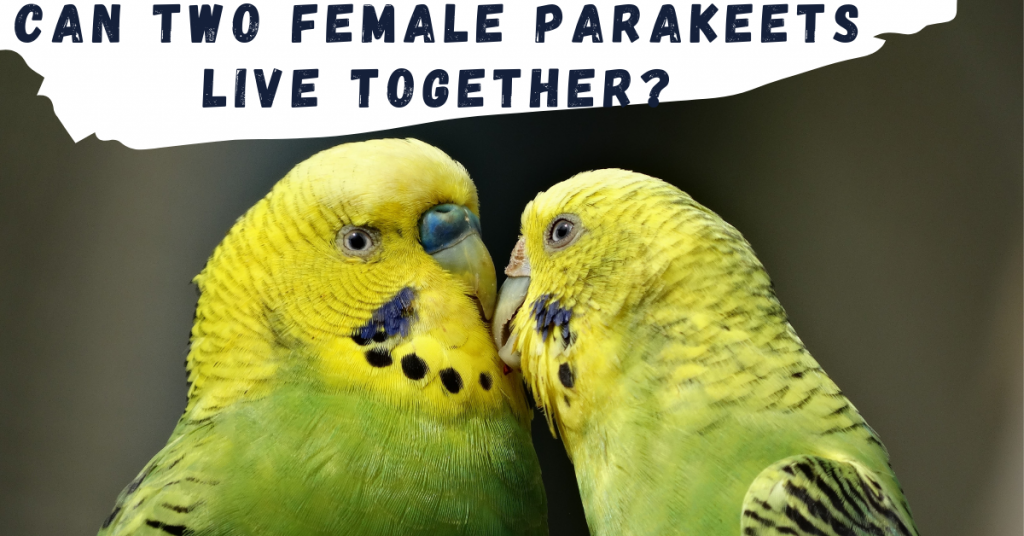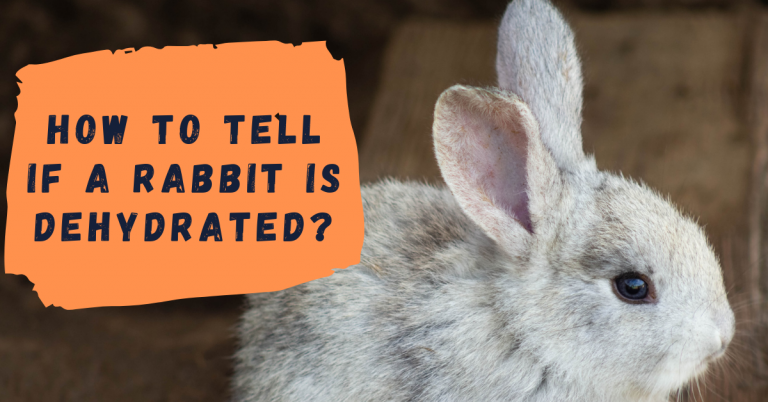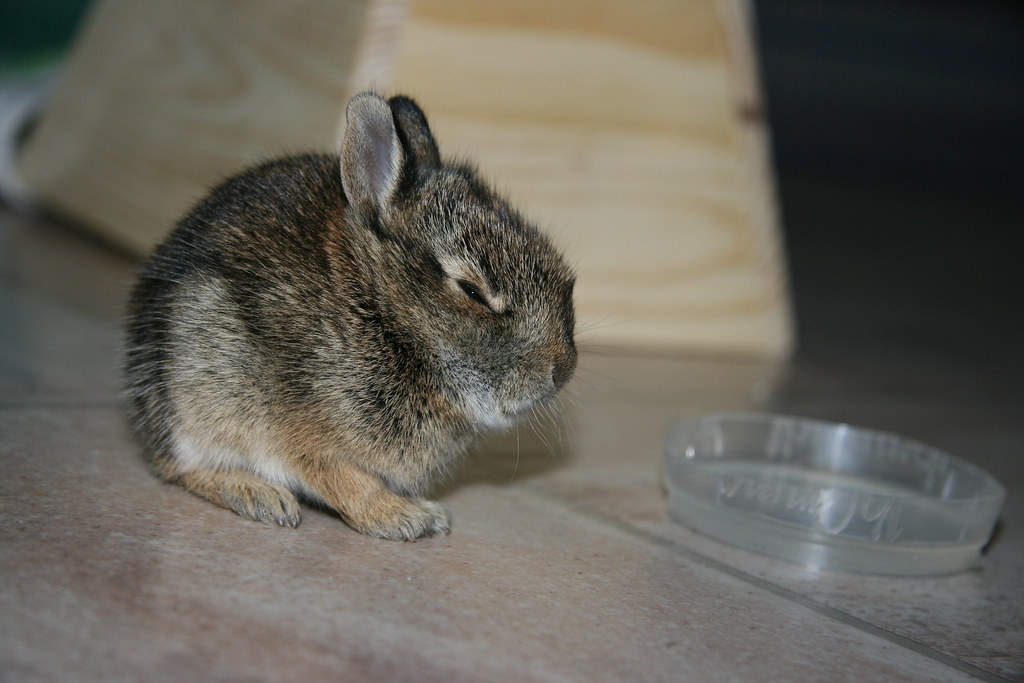There is a common conception among bird parents that alone parakeet can be easy to maintain. The reality is different and you should be aware of what it would be like in maintaining one parakeet vs. a pair of parakeet.
Before that, we have a direct answer to your question.
Can parakeets live alone?
Parakeets are social animals living in flocks and being alone can affect life expectancy. A lone parakeet is vulnerable to self-harming attitudes and unhappiness while parakeets in pairs enjoy companionship and live longer.
How long can parakeets be left alone?
8-16 hours for a moderately adult parakeet and less than 2 hours for a baby parakeet. A sole parakeet needs adequate mental stimulation, food, and water to manage lonely time but beware of anxiety that he/she might undergo.
Let’s understand more about how things work with a parakeet in detail.
Are parakeets better alone or in pairs?
Parakeet, a social animal, tends to get bored if alone and might depend too much on the pet parent while being in pairs give them comfort, reassurance, and good health.
As a pet parent, you might want your parakeet to spend more time with you. But, that also develops a kind of dependency that gets harmful after a certain period. If at all the person who is petting is leaving outdoor for a few hours or days, the parakeet becomes bored and ends up in depression. Eventually, she/he experiences a reduced lifespan.
Let’s look at the positives and negatives!
| Positives | Negatives |
| More time with the owner
Easy to train Makes maintenance easier Less chances of aggression |
Frequent boredom
Does not socialize going forward Expects the pet parent all the time Falls sick in the absence of the pet parent |
If you are new to parakeet parenting, we would suggest getting a pair of parakeets but spending enough time with each of them so they are social and compassionate as well.
As a beginner, it is advisable to raise them with in two different cages and then socialize before bringing them together.
Remember that you cannot directly let two parakeets to befriend and accept each other immediately! They need a bit of taming (just like us).
Can parakeets die of loneliness?
Parakeets do not die of loneliness if they have been left alone for a few hours but if they have lost their pairs lately, they can suffer from loneliness and pass away. In some cases, parakeets take 4-6 weeks to recover from the loss while most of them do not make it due to the nature of this bird.
8 Signs of a lonely parakeet
It is extremely easy to spot a parakeet when she/he feels lonely. As you raise one or a pair, you should be aware of the signs so you track them and intervene during the early stages.
- The parakeet experiences sleep loss.
- The parakeet creates weird sounds indicating stress.
- There is a sudden loss of feathers in the body.
- Extreme boredom affects appetite levels.
- Sudden aggression towards anyone around.
- The parakeet sticks to one place and appears stressed.
- Things around the lone parakeet tend to get destroyed.
- Prefers isolation over inclusion in family.
How to keep my parakeet engaged when alone?
Sometimes, situations go out of hand when you may have to leave the parakeet for a few hours alone at the house. While this can be frustrating for the bird, you are left with no option.
As a pet parent, if you encounter such a situation in life, you may have to meet all the criteria given below.
- Plenty of water – Water needs to be within the accessible limit and in abundance based on the external temperature levels. During summer, parakeets tend to bathe in the water in addition to drinking. Hence, provide multiple bowls of water.
- Access to food – During the sole time, the bird might fall hungry anytime, and providing at least two or three varieties of food to your parakeet can keep up the appetite and also allow the bird to show interest in food.
- Chewy toys – Parakeets enjoy chewing and they tend to chew plastic cups in their reach. Leave aside a few chewy toys for your parakeet to munch on.
- Mirror – This must be an unexpected option for you! Parakeets enjoy seeing their reflections and they tend to explore more which can cut down loneliness.
- Turn on radio or songs – Parakeets consider songs as modes of entertainment. Alternatively, you can also play sounds of parakeets and this will keep them engaged. You can also record your voice and keep the parakeet engaged.
If you have a budgie instead of a parakeet, we have an exclusive article to keep your budgie occupied and friendly. How to train a budgie to come to you?
We are quite certain that you would like to have two parakeets together owing to their nature and mental health needs. So, how should you choose the pair of parakeets? Do the genders go well?
Can two female parakeets live together?
Absolutely not, as the irritability increases due to the nature of dominance, and the females tend to attack each other to grab hold of the territory.
In parakeets, females are easily obtained and widely available. However, there is a downside to getting two female parakeets to live together. They dominate each other and ensure that one of them occupies the cage over the other. Stopping them from harming each other is complex since they develop internal aggression that explodes anytime.

If you still prefer having two female parakeets, you should remember having them in separate areas and provide the necessary love and attention without any bias.
Can two male parakeets be in the same cage?
Two male parakeets together are better than two female parakeets as they are less dominant and tend to adapt and accept each other over time.
Male parakeets are incredibly friendly but there are exceptions as well. While it takes time for males to get alone, giving them enough space, attention, and care can enable them to build relationships and lead lives together.
Can male and female parakeets be in the same cage?
There is a 50-50 chance for parakeets of both genders to gel up with each other as females attack males when males remain feared or when they are in a small environment.
Breeders prefer pairing a male and a female to obtain offsprings. But, as a pet parent, you should be aware that there can be conflicts since the female is highly dominant compared to a male. When the male becomes less suitable according to the female, the latter can harass the former and this can result in a territorial complication.
The ideal solution is to tame the pair before they are left together and space needs to be sufficient so that they can roam, fly, and also spend time sharing things together.
Conclusion
Parakeets are social creatures that roam in flocks and prefer being in company with others. While they can be raised all alone, there may be increased episodes of separation anxiety which can impact life expectancy.
It is a good idea to pair up two males or a male and a female as a pair but only after a round of taming so they don’t end up in territorial conflicts.


![Can parakeets live alone? [Honest Experience] Can parakeets live alone? [Honest Experience]](https://petsmond.com/wp-content/uploads/2021/06/Can-parakeets-live-alone-768x402.png)




